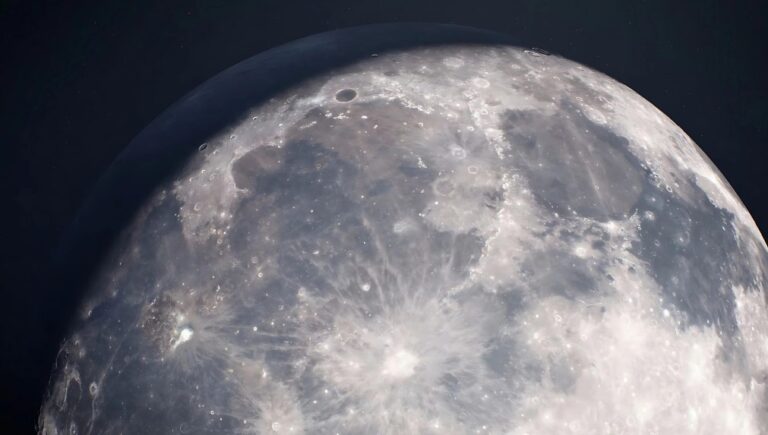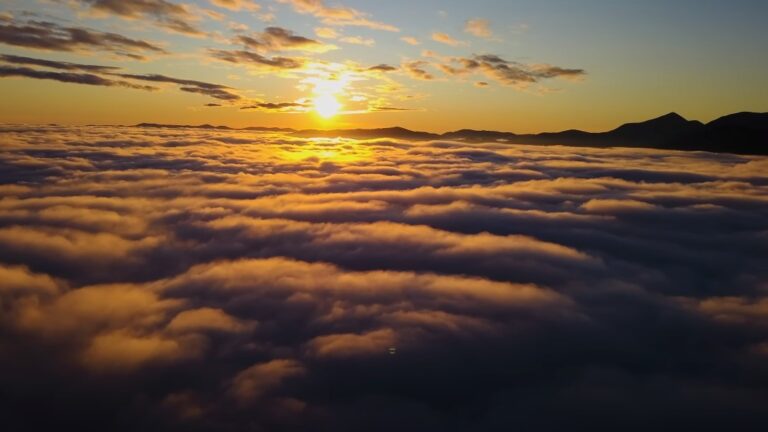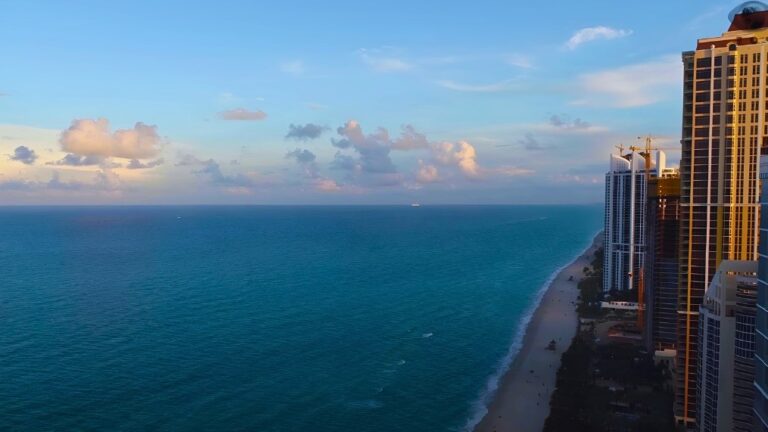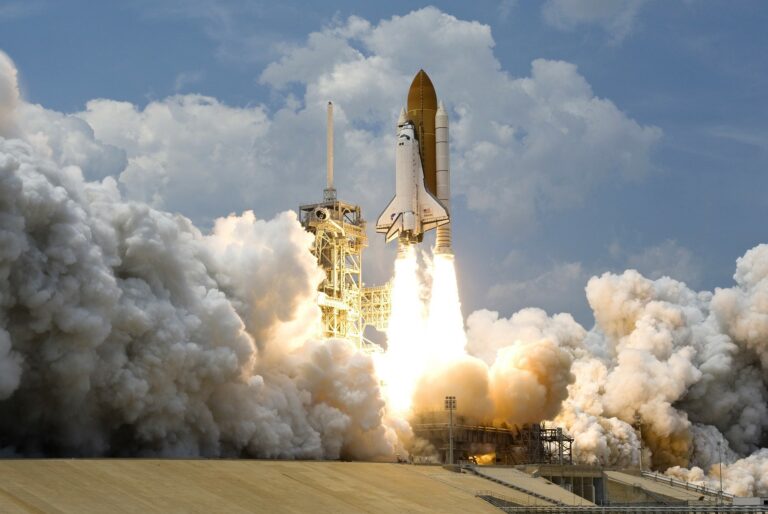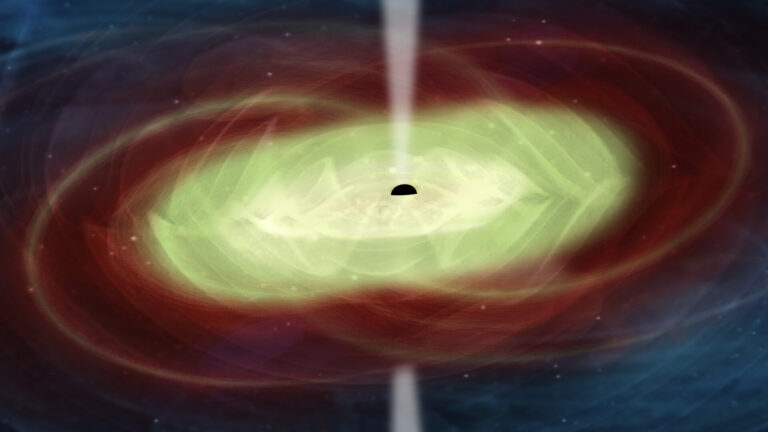Moon seems to be more than we think. The dark side of the Moon was not thoroughly researched due to limitations.
Recent missions have equipped scientists with sophisticated tools and technologies that enable detailed examination and exploration of the lunar surface.
And we have a new finding: a radioactive granite rock.
Let us see what this means.
Discovery of Radioactive Rock
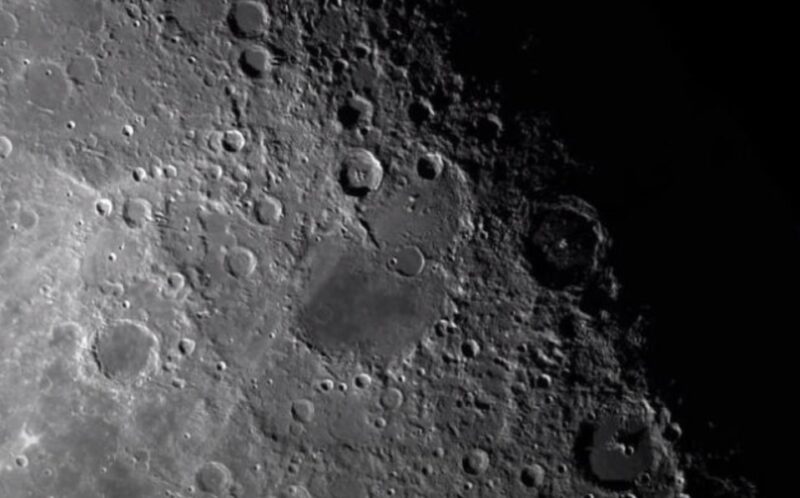
In a groundbreaking discovery, NASA scientists have identified a radioactive granite rock on the dark side of the Moon.
The finding is particularly surprising because granite is commonly associated with volcanic activity on Earth, suggesting a potentially analogous process may have occurred on the Moon.
Their presence challenges previous perceptions of the Moon’s geological composition, which was thought to be dominated by basaltic materials resulting from ancient volcanic activity.
The implications of finding granite are profound, as it could indicate that the Moon once had a more complex geothermal history than previously believed.
Granite formation typically requires the differentiation of a planet’s mantle and a significant amount of water—conditions thought to be scarce on the Moon.
Several hypotheses have emerged regarding ancient volcanic activity on the dark side of the Moon.
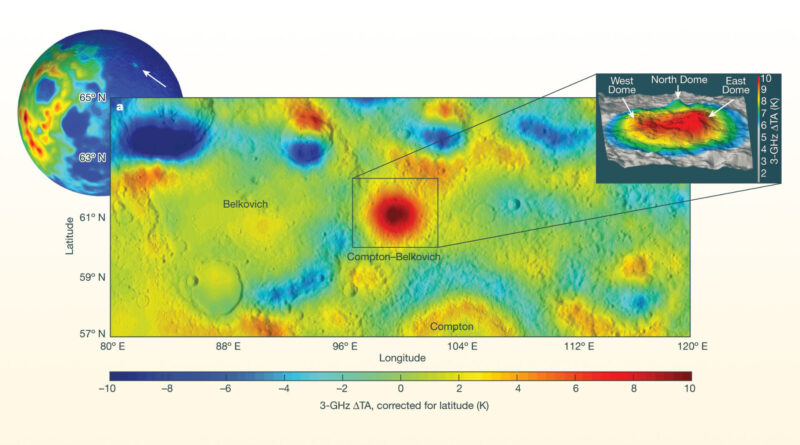
These include:
- the possibility of localized tectonic activity
- the presence of radioactive elements generating enough heat for rock melting.
So, the discovery not only redefines our understanding of the Moon’s geology but also raises questions about its early thermal evolution and the potential for similar processes on other celestial bodies.
Hidden Structures Revealed by Lunar Radar
The Chang’e-4 mission, launched by China, has made significant strides in uncovering the hidden geological structures of the Moon’s dark side.
Utilizing Lunar Penetrating Radar (LPR), the mission has revealed structures beneath the lunar surface that were previously unknown.
The radar has penetrated up to 300 meters below the surface, exposing various layers that tell the story of the Moon’s geological past. These findings indicate the presence of multiple lava flows and a buried crater, suggesting a history of intense and varied volcanic activity.
The LPR technology has been instrumental in providing a clearer picture of these subsurface layers, which vary significantly in density and composition. It is crucial for understanding the stratigraphy of the lunar surface, which in turn provides insights into its volcanic and tectonic history.
The different layers identified by the radar reflect a sequence of volcanic eruptions, each contributing to the complex geological tapestry of the Moon.
Data is essential for scientists attempting to piece together the Moon’s history, particularly its thermal and volcanic activity over billions of years.
The revelations from Chang’e-4 offer a new perspective on the Moon as an active and dynamic body with a geological past more intricate than previously known.
Comprehensive Mapping of Subsurface Layers
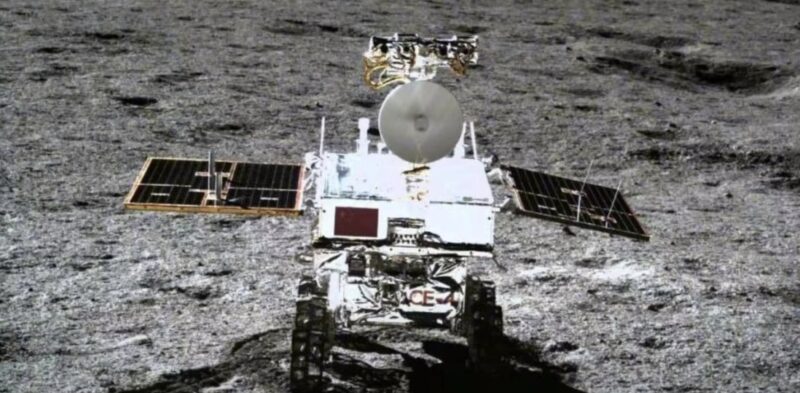
Recent reports by Live Science highlight the achievements of China’s Yutu-2 rover in mapping the upper layers of the lunar surface, reaching depths of approximately 1,000 feet.
Mapping effort has revealed a detailed stratigraphy, indicating a sequence of volcanic eruptions that have shaped the lunar surface over millennia.
The layers of rock identified by the rover’s instruments provide clues about the sequence and timing of these eruptions.
All findings suggest a gradual cooling of the Moon’s surface, marked by distinct periods of volcanic activity.
The significance of these findings extends beyond mere historical interest. When we know as much as possible about the Moon’s subsurface, it becomes vital for future lunar missions.
New insights we’ve gained from studying the Moon’s geological history contribute to broader planetary science, offering a comparative basis for understanding other celestial bodies in our solar system.


